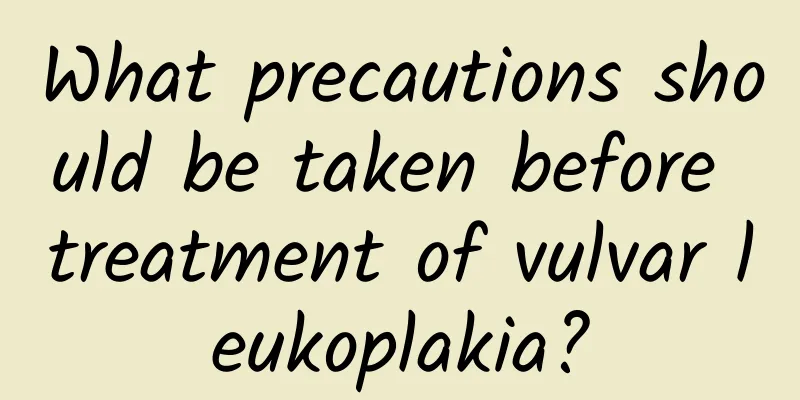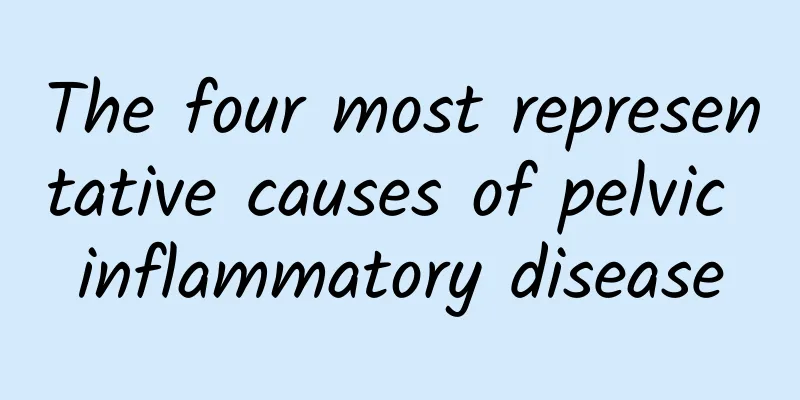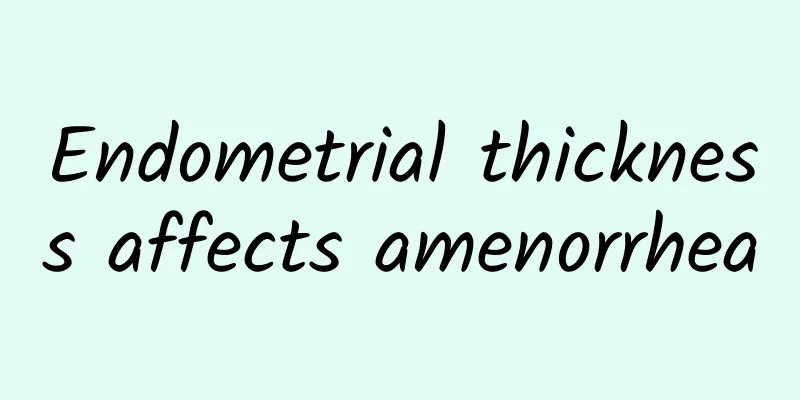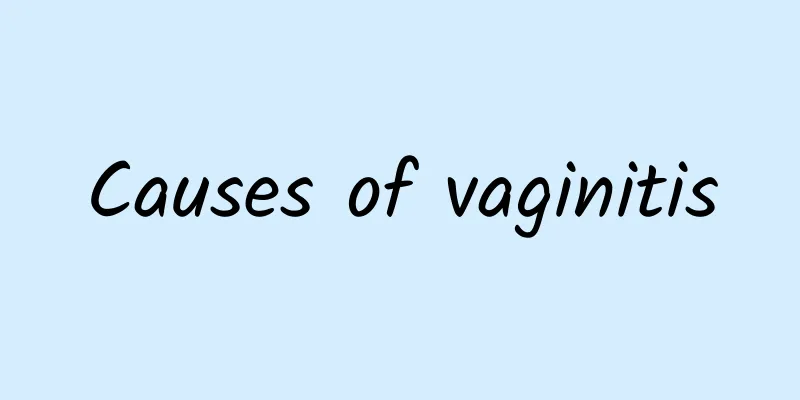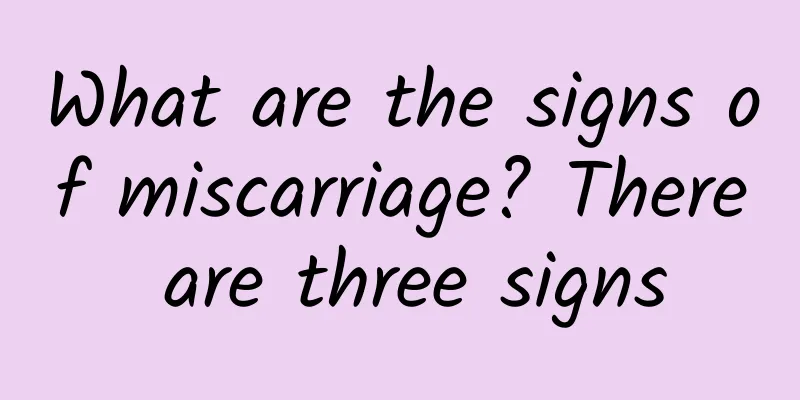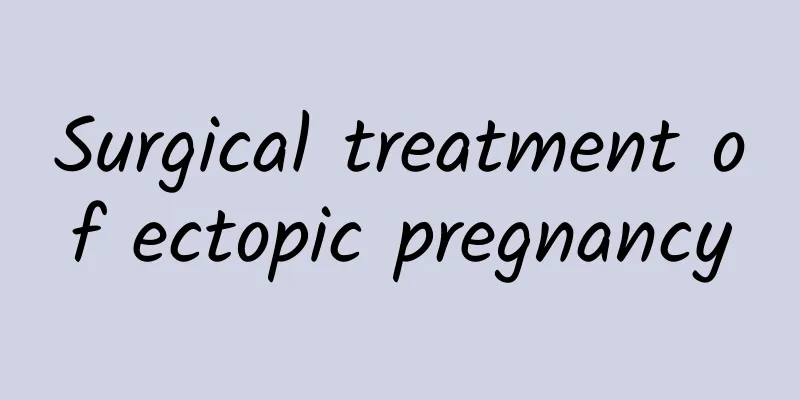How to treat pregnancy complicated with uterine fibroids? What are the treatments for pregnancy complicated with uterine fibroids?
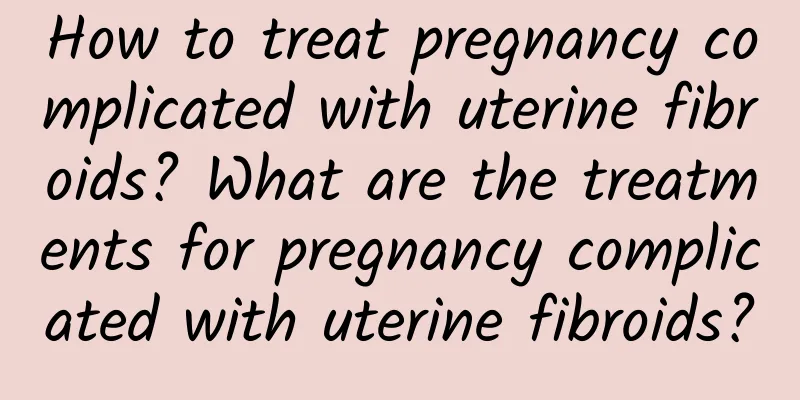
|
The situations of patients with uterine fibroids are different, so when treating uterine fibroids, it should also be determined according to the specific decisions of the patient. Especially for some special people, we should analyze carefully and then decide what treatment method to use. For example, pregnancy and uterine fibroids is a common situation. Let's take a look at its treatment methods. How to treat uterine fibroids in this case mainly starts from the patient's body and disease. During pregnancy, if there is no acute abdominal pain, fever, vomiting, local tenderness, vaginal bleeding and other phenomena, no treatment is required. Regular delivery check-ups. If the above phenomena occur, targeted treatment is carried out. Early pregnancy with uterine fibroids: uterine fibroids are generally not treated, but they should be observed regularly, otherwise it is easy to cause miscarriage. If the uterine fibroids are large, it is expected that continued pregnancy is prone to complications, and the pregnant woman needs an artificial abortion or unplanned pregnancy, the pregnancy can be terminated, and myomectomy can be performed in a short period of time after surgery. Mid-pregnancy with uterine fibroids: It is generally believed that no matter the size of the uterine fibroids, single or multiple, they should be strictly monitored and generally no special treatment is performed. If uterine fibroids affect the intrauterine development of the fetus or red degeneration, conservative treatment (mainly drug treatment) is ineffective; or the uterine fibroid pedicle is torsion, necrosis, tumor incarceration, and compression symptoms, uterine fibroid removal should be performed before 5 months of pregnancy. Some patients only discover the presence of uterine fibroids in the late pregnancy, which needs to be taken seriously. Usually asymptomatic patients can wait until full term for cesarean section and uterine myomectomy. Symptomatic patients should be treated conservatively and treated after full term. Puerperal uterine fibroids: prevent postpartum hemorrhage and puerperal infection. Those with degeneration of uterine fibroids should be treated conservatively, and those who are ineffective should undergo cesarean section examination. If myomectomy is not performed during delivery, regular follow-up should be performed; if the uterus is still larger than 10 weeks of gestation, treatment should be performed 6 months after delivery. It can be seen that pregnancy complicated with uterine fibroids is a common situation, but it is also a more special situation. The patient's physical condition and relationship with pregnancy must be carefully analyzed to try to reduce the harm to the patient. The treatment of uterine fibroids must be personalized. |
Recommend
What is obesity caused by uterine fibroids? Is uterine fibroids caused by obesity?
What is obesity caused by uterine fibroids? Is ut...
Can I eat seafood during painless abortion surgery?
You can eat seafood in moderation after painless ...
What are the symptoms and treatment of pelvic inflammatory disease?
What are the symptoms and treatments for pelvic i...
Does drinking Chinese medicine during ovulation bleeding affect pregnancy?
Generally speaking, drinking Chinese medicine for...
Introduction to non-surgical methods for treating cervicitis
There are many non-surgical methods for the treat...
Briefly describe the hazards of vulvar leukoplakia
Female friends may be familiar with vulvar leukop...
Can I exercise with adenomyosis? How to treat it?
Can I exercise if I have adenomyosis? How can I t...
What is the reason for the increase of hcg in laparoscopic surgery for ectopic pregnancy
Ectopic pregnancy is also called ectopic pregnanc...
What are the early symptoms of vulvar leukoplakia
Understanding its symptoms is the best way to cur...
Dumplings are refreshing and hassle-free? Beware of invisible fat that makes you fat
After a busy day, people feel lazy when they get ...
The most important treatment for dysmenorrhea in daily life
Among the many cervical diseases in gynecology, d...
Kate Middleton is so slim after giving birth. Dukan's weight loss is amazing
The British royal family's Princess Kate gave...
Specific symptoms of hyperprolactinemia
At present, the number of people suffering from h...
Sammi Cheng is the fitness king! Lose 15 kg by jogging
In order to appear in front of the camera, put on...
Weight stagnant and can’t lose weight? Eating this way can improve your metabolism (Part 2)
Basically, from the beginning of weight loss to t...


